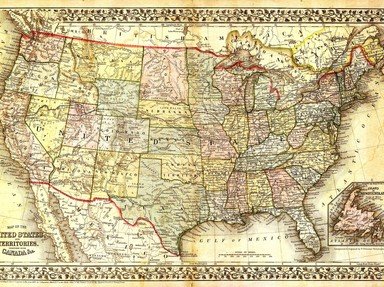Quiz Answer Key and Fun Facts
1. What happened on December 17, 1903 at Kitty Hawk?
2. John T. Daniels holds a pretty important place in history, though he is probably largely unknown to this day. What's so significant about Mr. Daniels?
3. What massive engineering achievement occured during the summer of 1999 in North Carolina's Outer Banks?
4. In 1799 what was discovered by Conrad Reed in Cabarrus County that would earn his father $3.50?
5. Virginia Dare is widely acknowledged as the first English baby born in what would become the United States.
6. In what year was the Confederate ironclad CSS North Carolina launched and commissioned?
7. North Carolina was once going to be bordered by a state called Franklin.
8. In what year did the state legislature hold its first session in Raleigh?
9. In the 1950s, what town was haunted by a "vampire beast?"
10. North Carolina was the first state after South Carolina to secede from the Union in the 1860s.
Source: Author
F6FHellcat
This quiz was reviewed by FunTrivia editor
bloomsby before going online.
Any errors found in FunTrivia content are routinely corrected through our feedback system.

